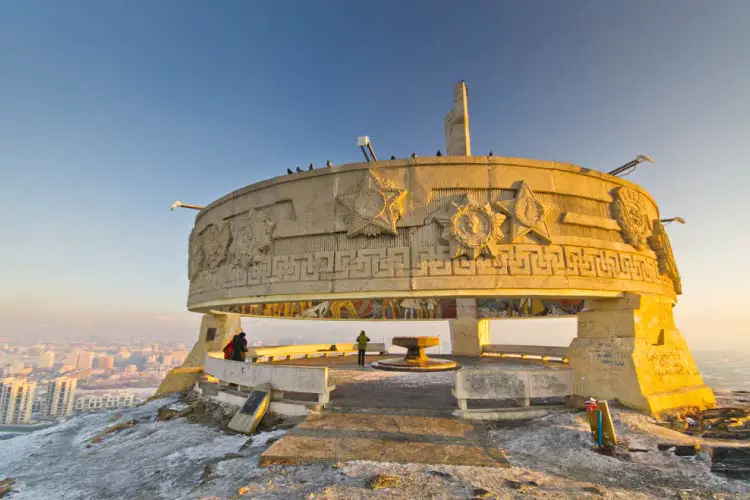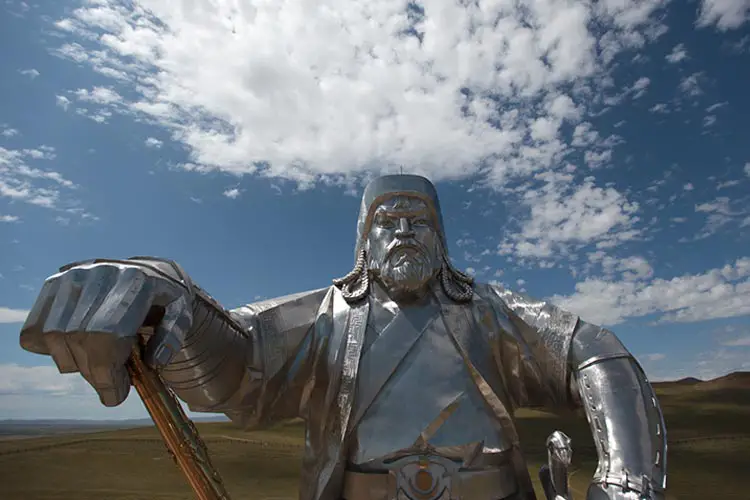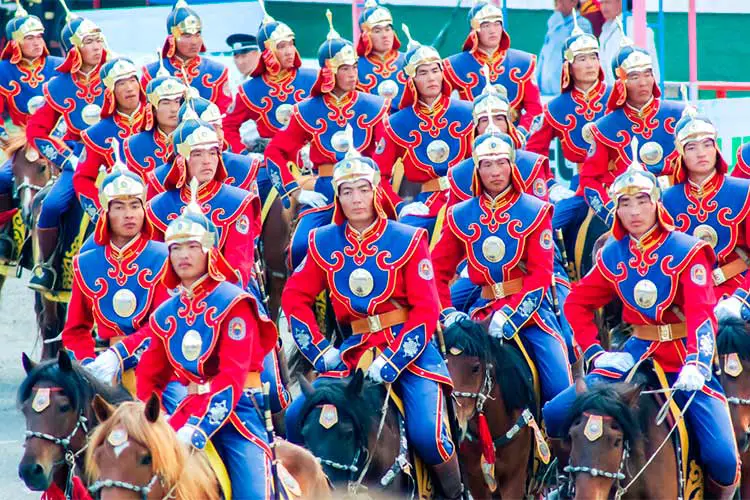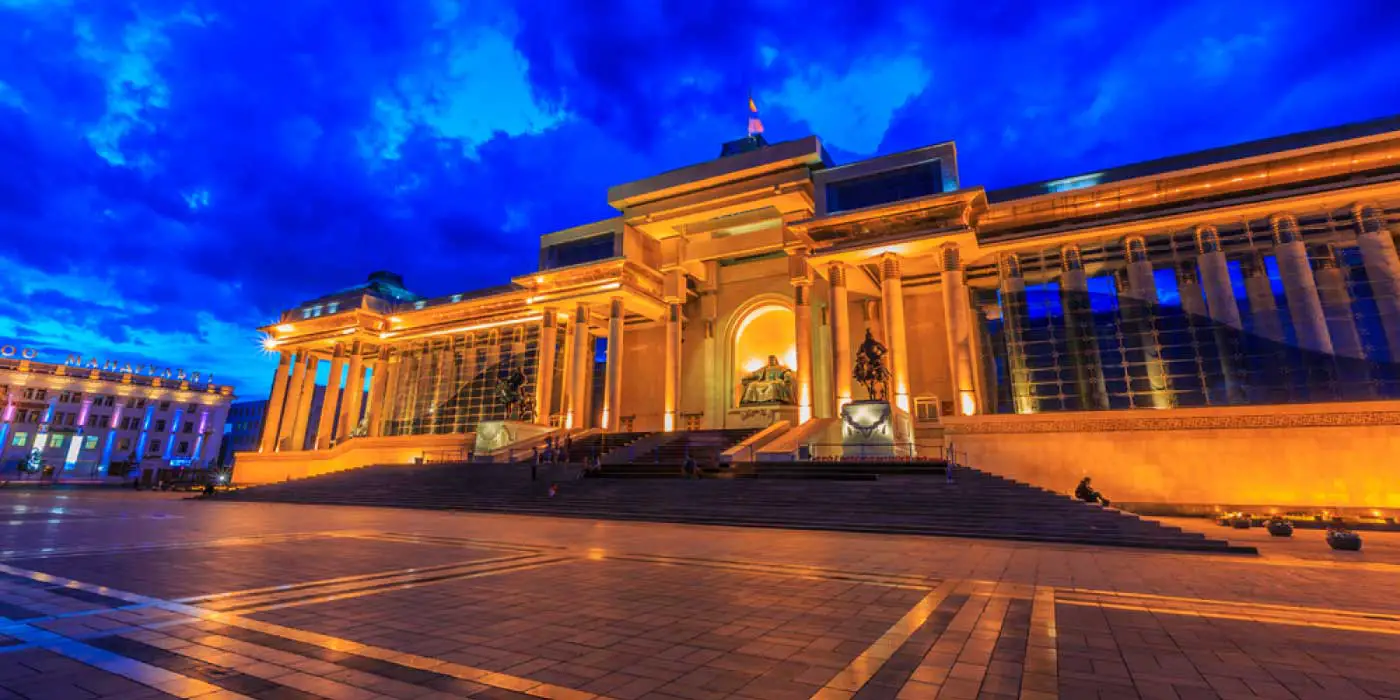Ulaanbaatar – Mongolia’s Bustling Capital
The Mongol Empire once stretched from far-eastern China all the way across to eastern Europe, covering an area of around 33 million square kilometres at the height of its power. The initial success of the Mongol Empire was largely due to one man, Genghis Khan who is known across the world as one of the most feared emperors of ancient times. Born in 1162, Khan crafted a society based on merit rather than nepotism, inspiring a unification of the Mongol confederations and ultimately creating the empire we know of today. The empire expanded for almost a century, with many of Genghis Khan’s descendants taking his place after his death in 1227. Famous for their brutality, the Mongols were also known for their progressive and advanced society with an unparalleled tolerance for different religions and their ability to establish successful and famously peaceful trade routes. Ultimately the empire came to its demise at the end of the 13th century, fragmenting into four separate empires including the Yuan dynasty, led by Kublai Khan which included the countries of modern-day Mongolia, Korea and China amongst other areas in Asia.
Modern-day Mongolia is quite a contrast from its notorious past. Previously known as an isolated and somewhat untravelled nation, nomadic culture is very much at the heart of the Mongolian experience and tourism is beginning to boom in this peaceful and friendly nation. Covering an area of around 1,500,000 square kilometres but with a population of just under 3,000,000, Mongolia is one of the least densely populated countries in Asia and famous for is vast terrain including the Gobi Desert and the incredible Khangai and Altai mountain ranges with peaks exceeding 4,000 meters. Juxtaposed to Mongolia’s expansive and vast terrain, Ulaanbaatar the country’s bustling capital houses almost half of the population and provides a distinctly unique experience found nowhere else in the world.


Ulaanbaatar is plagued by a few unfortunate statistics, in 2013 the city was considered the second most polluted city in the world and due to its bitter winters, it is also considered the world’s coldest capital with an average temperature of just under -1˚C (30˚F). However, if you pick the right time to visit, Ulaanbaatar can be just as charming as the rest of the country. The city is serviced by Chinggis Khaan International Airport, however, if you’re looking for a serious adventure we recommend entering from Russia or China, affording you the opportunity to travel on the spectacular Trans-Mongolian Railway. Temperatures in the summer are quite nice and can get upwards of 30˚C (85˚F), couple this with the four sacred mountains surrounding the city and you start to see a brighter picture of Mongolia’s much-loved capital.
Amidst the hustle and bustle it exudes, you will find numerous monasteries and museums showcasing its rich culture and colourful history. A walk along Peace Avenue is a fun way to discover more of the city, the highlight of which will be visiting Chinggis Square, formally known as Sukhbaatar Square, surrounded by government buildings and museums that look particularly beautiful lit up at night. Take the time to learn more about the history of Mongolia and relax in the open space the square provides in an otherwise compact metropolis. Interestingly Ulaanbaatar is home to Beatles Square, which features a bronze statue of Paul, George, Ringo and John. The square, surrounded by cashmere shops, cafes and restaurants is a reminder of the 1970s when records of the Beatles were smuggled into the country, and the youth of Ulaanbaatar would spend hours singing their songs. If you’re a fan of sampling delicious food when you travel, try the Mongolian Barbecue in one of the city’s many restaurants, beyond doubt one of the tastiest cuisines you will try! To top it off, if you’re travelling to Mongolia in June do not miss the Naadam Festival, a yearly event held between 11-13th featuring the country’s three most loved sports: wrestling, archery and horseback riding. The festival was recently included in UNESCO’s Intangible Cultural Heritage of Humanity list and will provide an excellent insight into Mongolian culture and its proud and welcoming people.


